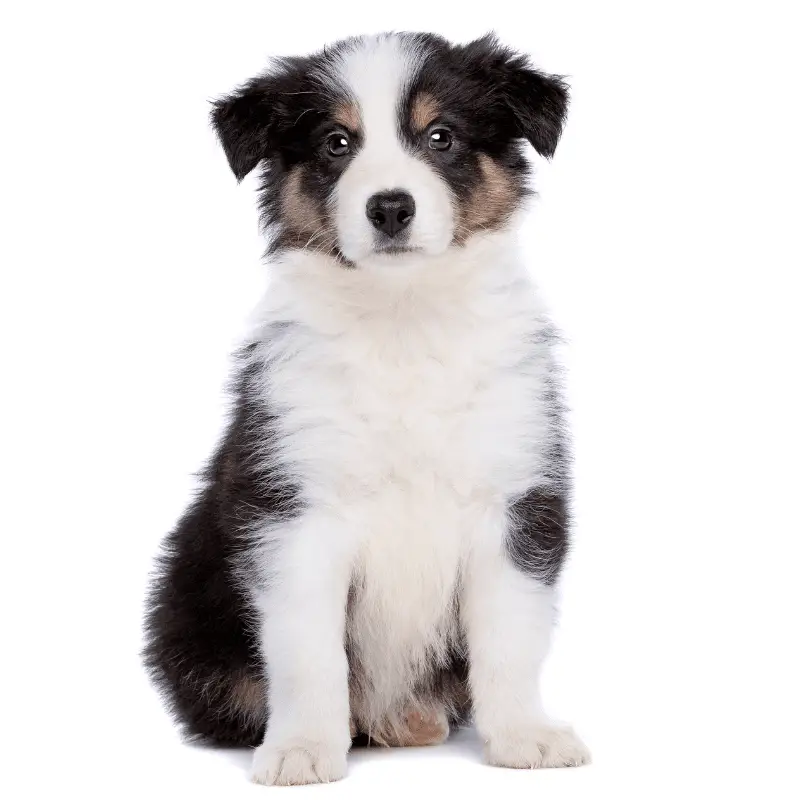As dog lovers, we love dogs wagging their tails in joy or chasing it for fun. For dogs, their tails are essential. They use it not only for balance but also to show their mood.
There are many different types of dog breeds in the world. Each dog breed comes with a different kind of tail. Some tails are bushy and straight, some are curly, and some are whip-like.
When it comes to curly tails you can see different types of curly tails. Some are tight like a corkscrew, while others are spiral at the end or draped over the back like a blanket.
So, if you want to welcome home a dog with a curly tail, or wonder what type of breed your dog is with a curly tail, follow this post. We have rounded up the dog breeds with curly tails!
Akita

The Japanese dog breeds with a loose curly tail are the Akita. Akita come down from the Spitz bloodline and are the most prominent family member. They have thick muscular bodies, dense fur, and curly tail over their back.
The curly tail balances their broad head and heavily built bodies. In Japan, they are regarded as a symbol of health and happiness.
Akita are courageous and strong-willed dogs. Akita was bred for hunting game. However, modern-day Akitas make excellent guard dogs through proper training.
Akita is known for their protective and loyal nature. You can quickly see their loving, playful, and affectionate side after gaining trust.
Alaskan Malamute

The Malamute is another Nordic breed that the native people of Alaska bred to drag huge loads and even people across the frozen plains. The Alaskan Malamutes are known for their large build, thick double coats, and curly, bushy tails. Their curly appendage is just like a question mark on their hind back.
This dog breed loves to remain engaged in various activities. However, after proper training, they can be great with kids and other family members. They are affectionate and playful dogs that love to cuddle their human owners.
Basenji

Basenjis are one of the oldest dog breeds in the world. They came from Africa and used to help their owners with hunting. They’re adorable, with big round eyes and curly tails. Their tails are curly, like a pig’s or corkscrew-shaped.
This breed of dog is similar to dogs that live in the wild. Basenjis are small, but they are highly energetic and alert dogs. They do not bark but can vocalise with their unique yodels. They bond very well with humans and make great companions.
Chihuahua
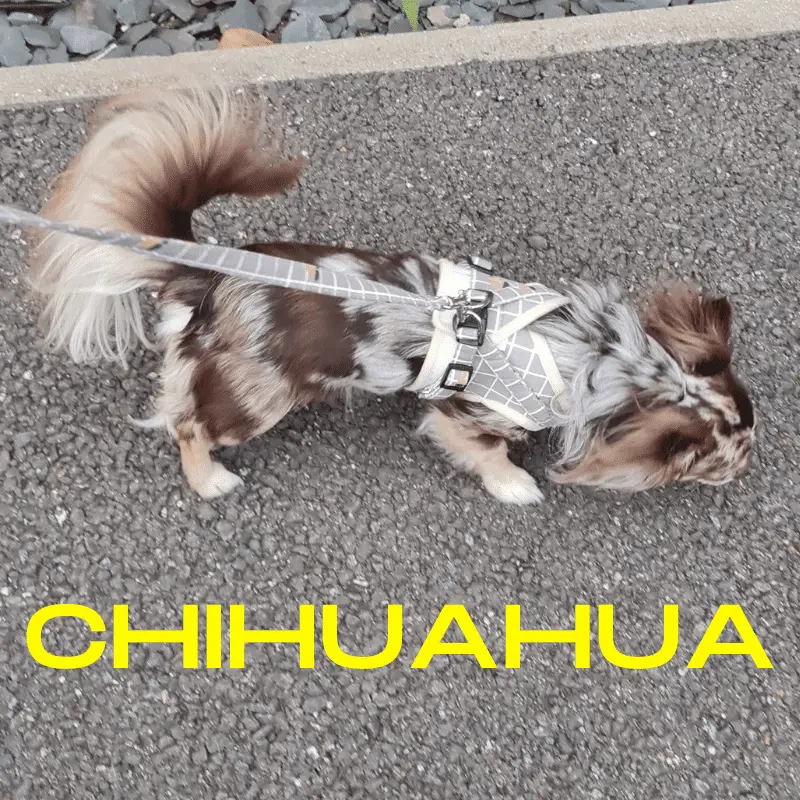
Chihuahua dogs are the smallest breed of dog. Not all chihuahuas will have a curly tail, but most do. Chihuahuas come from Mexico. These extremely agile and lively tiny dogs make great pets.
Chow Chow
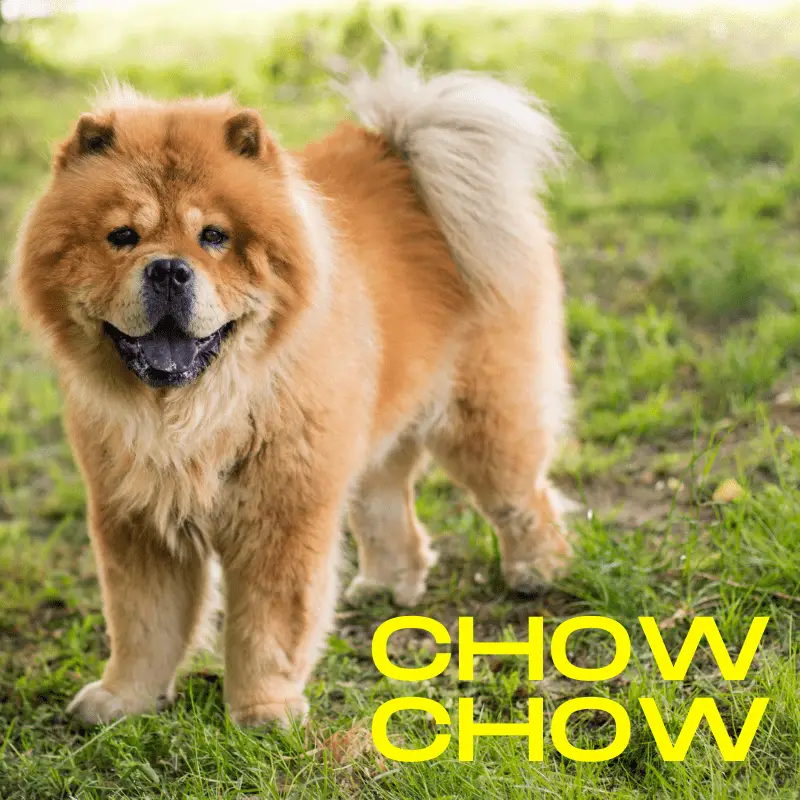
The Chow Chow is an ancient breed used as an all-purpose dog for sledging, hunting, and herding. Their thick coat, wrinkled face, and folded tail are some of the prominent features of this dog. Their thick fur keeps them warm and protected from the elements of nature and predators.
Some unique characteristics of this dog are a blackish-blue tongue and a fluffy and curly tail that arches into the back. If given proper training, they can make great companions and even watchdogs.
Finnish Spitz
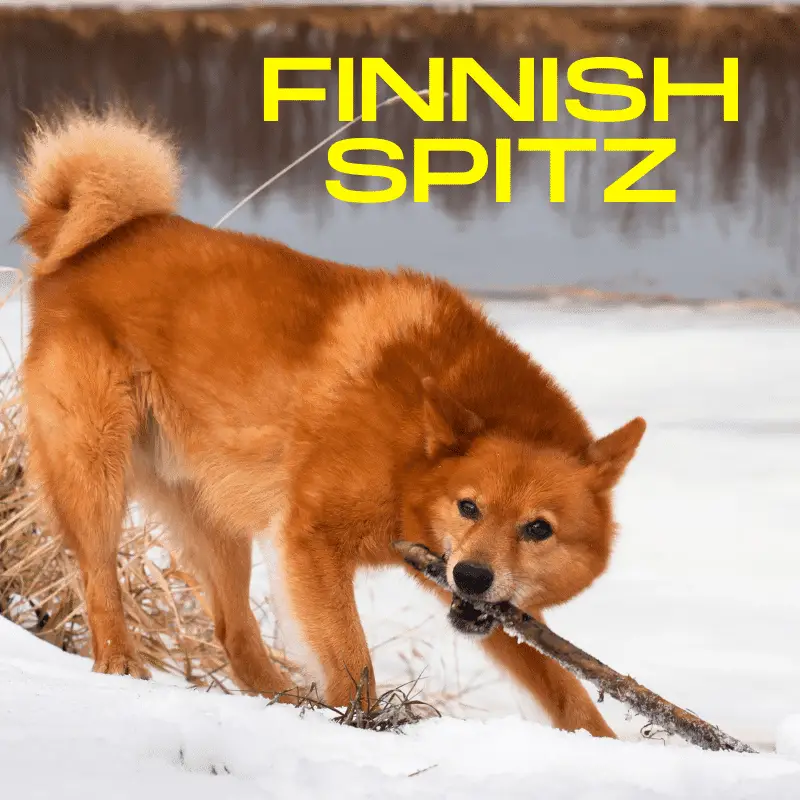
They have splendid dense coats and curly tails like other breeds. Although this breed might seem lean to the Shiba Inu breed, the Finnish Spitz is utterly different from its Japanese counterpart. This dog breed was bred for hunting down various game, like squirrels, bears, and elks.
The Finnish Spitz is still used today as a hunting dog in Finland. But in the rest of the world, they are great companion dogs for kids and adults. They are extremely friendly, playful, and energetic. This dog breed is intelligent and very patient as well.
Keeshond
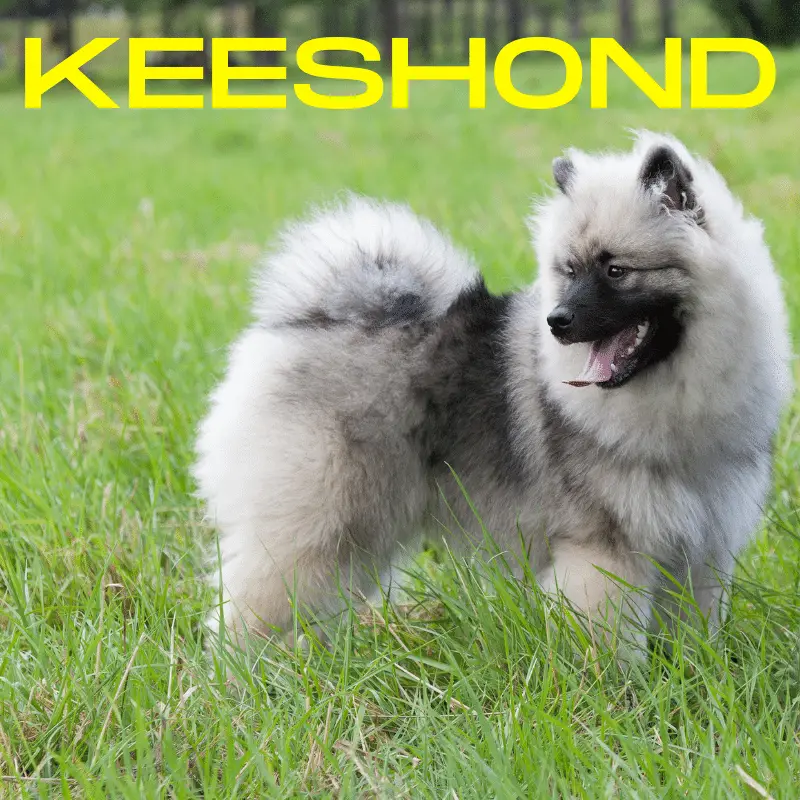
Keeshond is a type of German Spitz known for its outgoing personality. This breed is usually known for its thick coat and plumed tail. Unlike other breeds of dogs, the Keeshond is smart. Being a quick learner, it can adapt itself quickly to various environments.
Keeshonds are loyal and affectionate dogs that love to please their owners. They can be playful companions for kids and people of different ages. If you are looking for a dog that loves to be around you all the time, this breed would be a perfect choice.
Norwegian Buhund
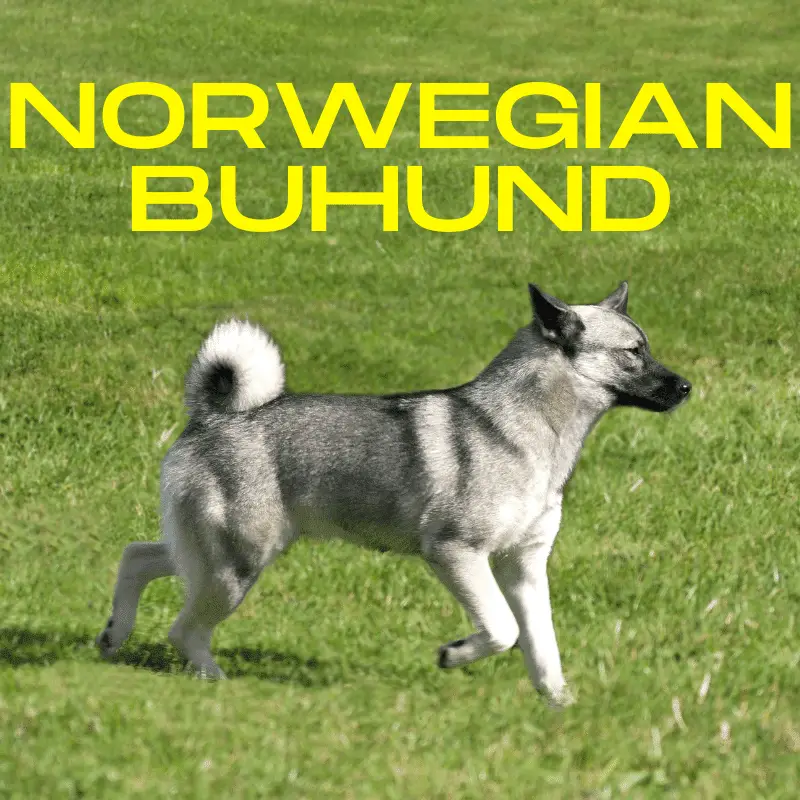
The Norwegian Buhund is an all-purpose dog with an enormous curly tail. They were bred to be used as a farm and herding dogs and watchdogs. Some of the crucial characteristics of these dogs are that they are quick learners and crave to get the attention of their owners. They are extremely smart and love to keep their owners pleased.
Norwegian Elkhound
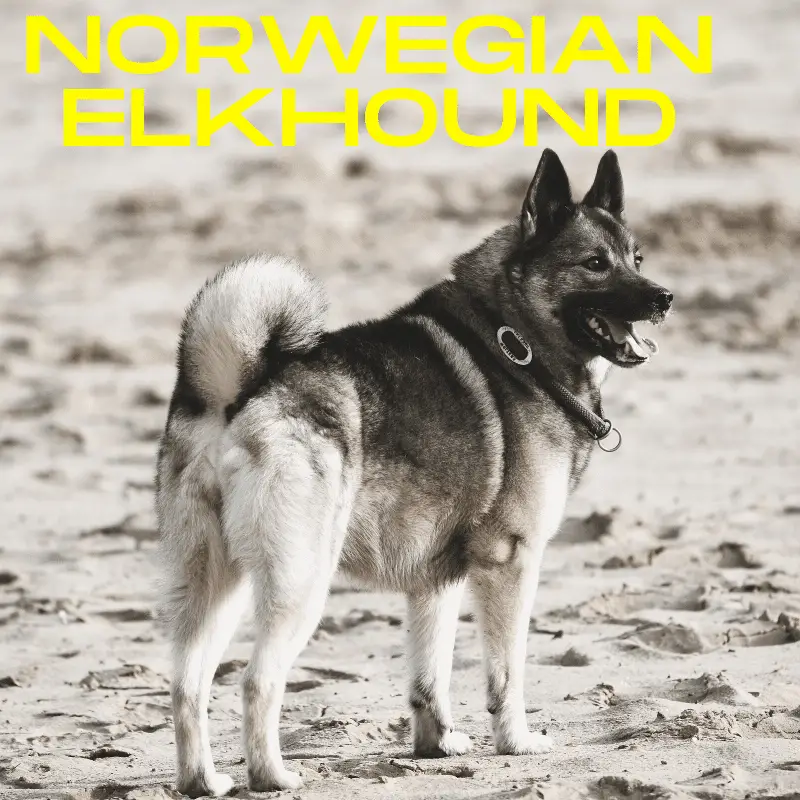
The Norwegian Elkhound is a large dog with a curly tail and short, tight hair. This breed has always been used as a hunting dog, but it can also track down other animals, like wolves, elk, and bears. One sees the mixed personality traits of a ‘Hound’ and a ‘Spitz’ in a Norwegian Elkhound. They are known for their intelligence and loyalty.
Pomeranian
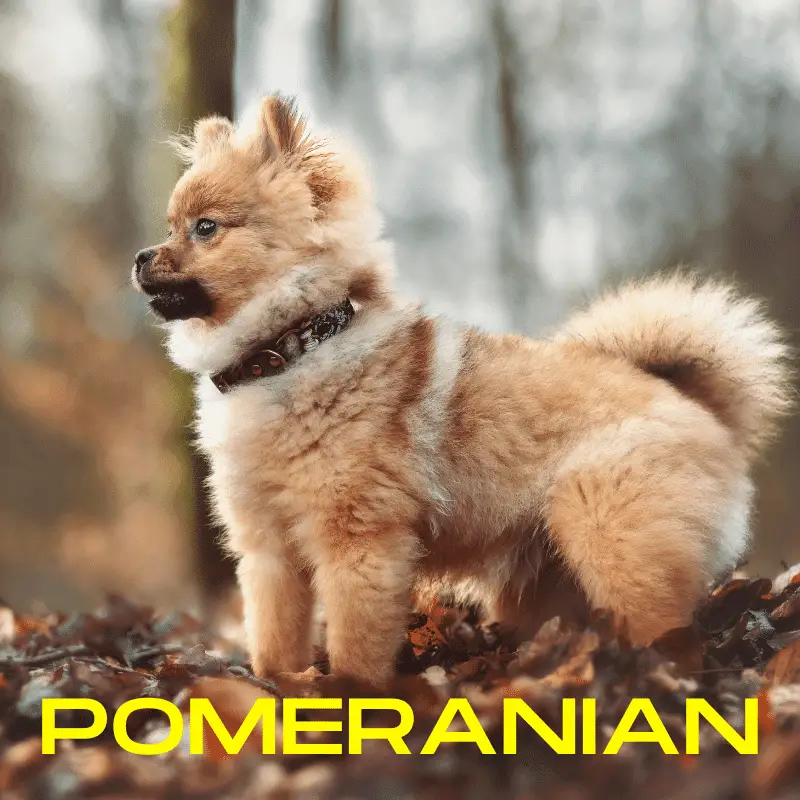
Pomeranians may look small, but they have fantastic personalities. The fluffy coat over its body usually hides the pomeranian’s curly tail. They are loving and playful dogs, so they can safely get along with children. They can be easily trained as watchdogs. However, like some other protective dog breeds, it can be very aggressive with strangers.
It might seem unbelievable today, but Pomeranian dogs’ history is related to the big burly Arctic working dogs often found in the Pomeranian region. These dogs were bred to help with work in cold climates, but over time people began to appreciate their smaller size and friendly personalities, which led to them becoming popular pets.
Recommended Read: Do Pomeranians Bark a Lot?
Pug
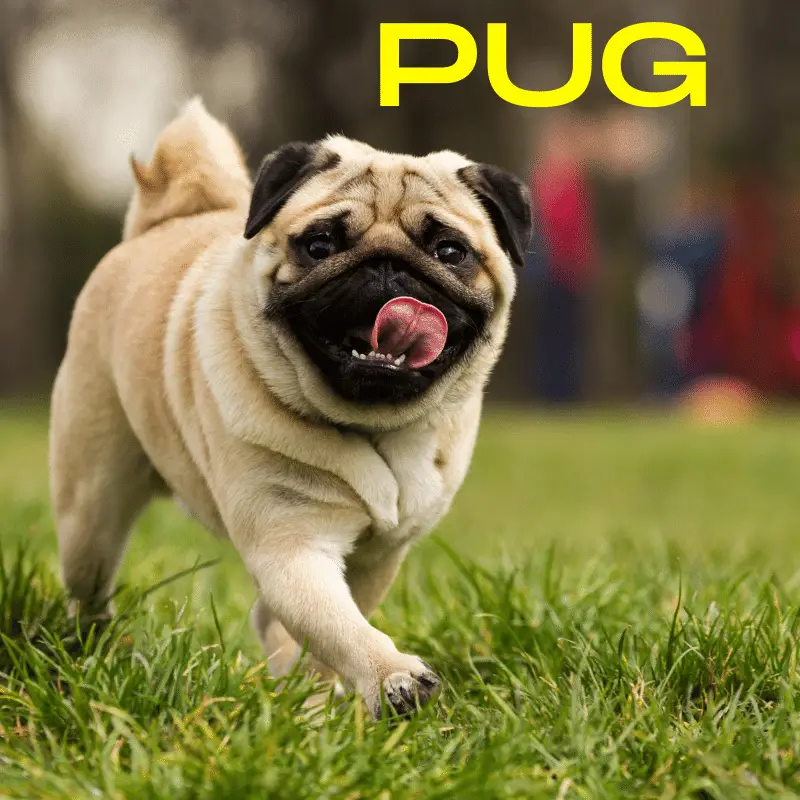
The pug is one of the cutest dog breeds in the world. The short corkscrew-like tail makes the pug distinctive from other breeds. Not to forget their wrinkly-looking faces that make them extra cute.
They were first bred in China but soon made their way to Europe in the 1500s. This breed is known for its loving personality. They are easily recognisable through their tiny but muscular bodies with pushed-in faces and big eyes. It can be a great house pet for individuals and families looking for a devoted companion, and they are even good with cats.
Samoyed
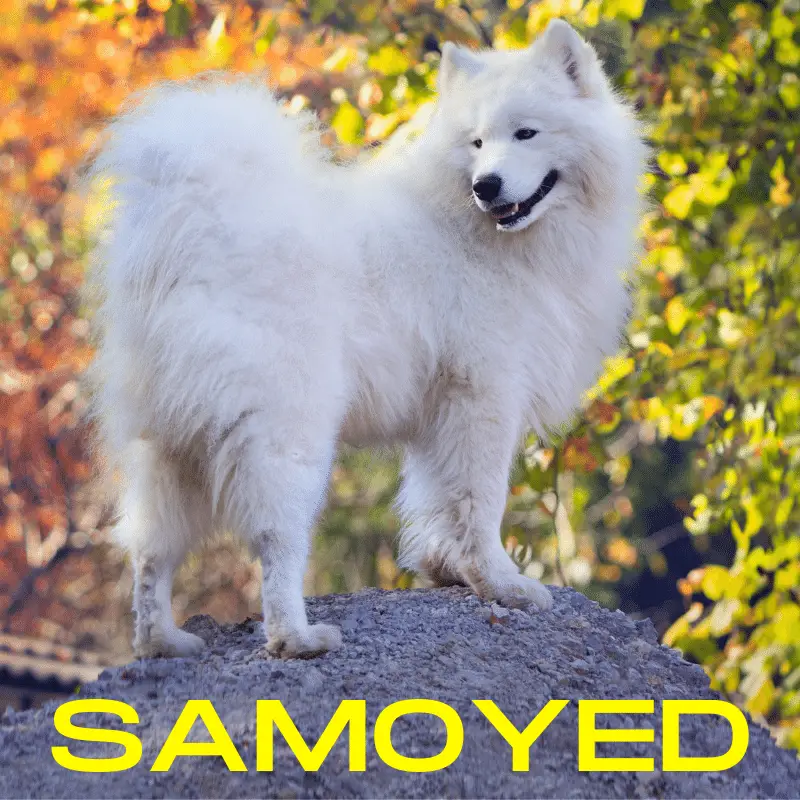
The Samoyed is also known as the ‘smiley dog’ as they are stunning. They have descended from the Nordic Spitz breed and have played a crucial role in hunting, transportation, and keeping their owners warm.
Dog lovers can easily distinguish a Samoyed by its thick, rich, snow-white coat. This dog breed is well-known for its beautiful coat in the canine kingdom. Their thick coat keeps them well insulated from the elements of nature. However, other prominent features of these dogs are curly tails arched over their back and hair cascading down.
Originally bred to be sledging and herd dogs, they can be great family dogs. They are not only loyal and affectionate but always remain happy. A Samoyed is highly energetic and highly playful.
Shiba Inu
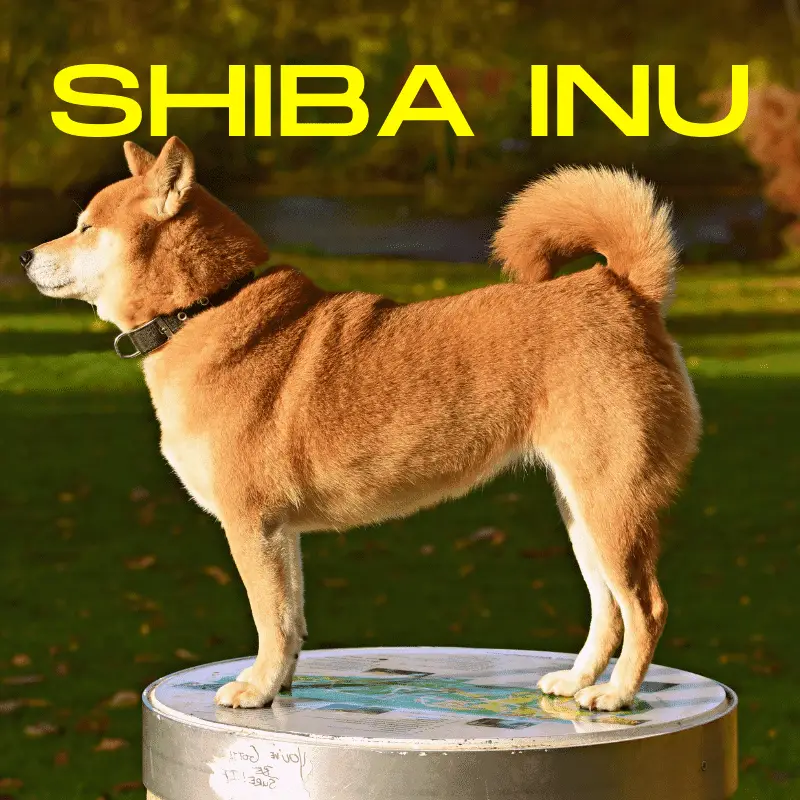
The Shiba Inu was a small hunting breed dog from Japan. But this dog breed is still popular dog breed in Japan and all over the globe. The Shiba Inu’s come from the Spitz bloodline and have curly tails.
Shiba’s that we see nowadays come with a muscular body, thick coats, and jaunty tails. However, they are sometimes catlike. They share some fiery personality traits with the other Spitz dogs, like stubbornness and being highly independent. Also, these dogs are incredibly vocal, just like the Basenji.
Tibetan Mastiff

The Tibetan Mastiff is a large and powerful dog breed that has been around for centuries. It is taller than most other breeds of dogs and sometimes even the owners. People always notice its curly tail. The Tibetan Mastiff is known for being a loving and calm dog breed.
Why do dogs have curly tails?
Curly tails are a deformity caused by the vertebrae. These deformities then form a part of the breed genetics that gets passed down the generations, and this is why you will know breeds of a particular type of dog have curly tails even before they are born.
Why do some dogs have no tails?
Dogs with no tails would have been purposely bred from other animals through selective breeding to obtain the smaller tail, eventually leading to no tail. It is much like a gene mutation to keep it from the desired look.
Another gene mutation example is the dachshund dog breed with long bodies and short legs. Through selective breeding, breeders achieved short legs and long bodies. Dachshunds born will always have short legs and long bodies since both parents have this mutated gene passed on to their offspring.
Recommended Read: Learn about the history of the Dachshund dog breed.
Tail Wagging: Different Sides Means Different Emotions
Did you know that dogs wag their tails on different sides, depending on their mood? Such as wagging at an owner, the tail wags off to the right side. When they are wagging due to being frightened and trying to resolve the issue by wagging, they wag more to the left side.
Wagging to different body sides is due to how the brain controls the tails. The left side of the brain controls happiness and love, which then wags the right side, and the right side of the brain is associated with fear, depression or sadness, hence why a dog wags its tail to the right.
The next time you see your dog wagging his tail, look at what side it wags on, and it is more than likely to the right for the positive control from the left side of the brain.
Summary
I hope you have enjoyed looking at the photos of all these different dog breeds with curly tails and getting to know them better.
Dogs are the best, especially with their adorable curly tails wagging around us.



![Are Jack Russell Terriers Good With Kids? [Puppies & Adult Dogs]](https://dogfriendlyscene.co.uk/wp-content/uploads/2022/04/Jack-Russell-and-a-small-child-together.png)
